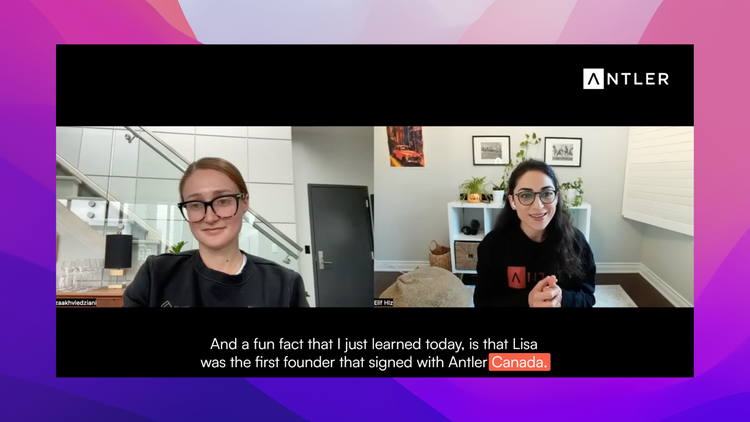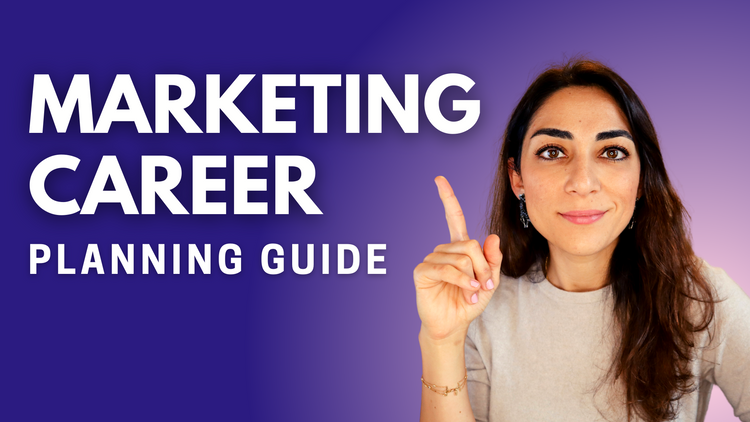How To Do a Social Media Audit (And Why You Need One)
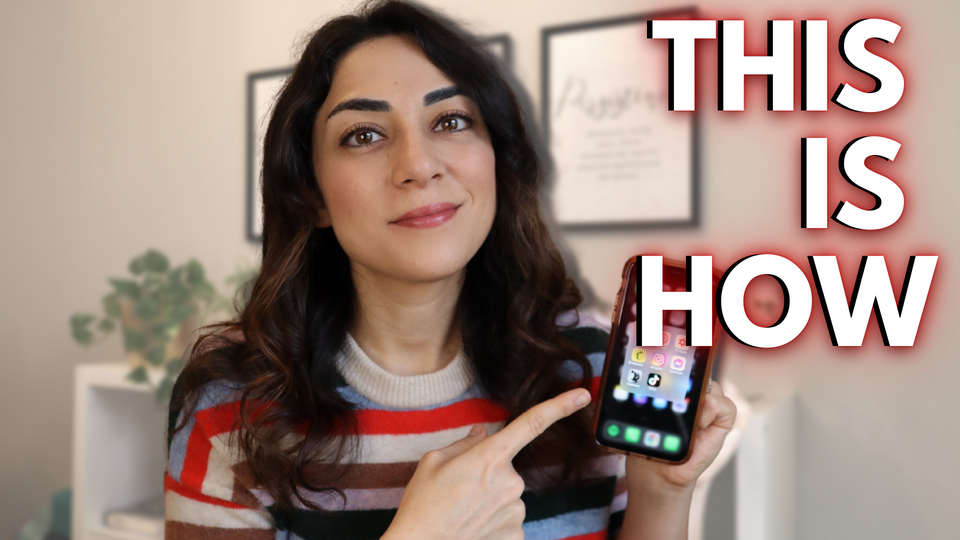
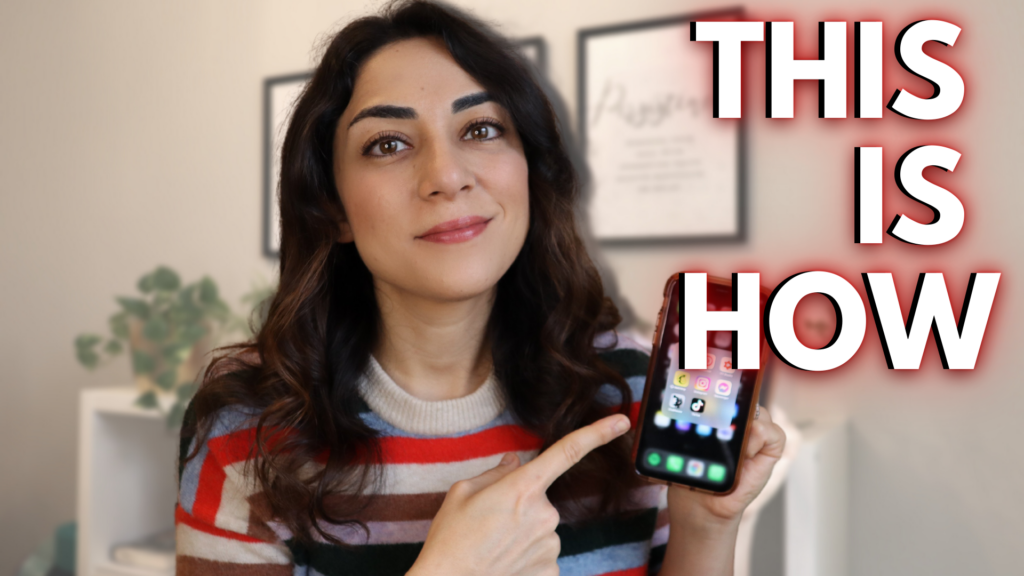
You might be wondering, what is a social media audit?
When do I need one? How do I do it?
Whether you are a social media manager, aspiring marketer or young graduate, doing a social media audit can help you ace your interview or develop your client’s social media strategy.
“Okay, I get that, but when exactly will I need to use this?”
Here’s our first use case: You might currently be managing social media channels for your or someone else’s business. If you’re looking to develop a social media strategy, conducting an audit is your first step. You need to know where you are right now in order to build a strategy moving forward. It’s basically a snapshot of what your social media looks like today.
Another use case is when you are applying for marketing jobs and you need to show you’ve taken the extra step. You can use a social media audit as an interview research tool.
Do either of those cases sound familiar to you? Keep reading if they do…
In this post, I’ll be guiding you through the what, when and how of a social media audit.
As always, if you’d prefer to watch or listen to me, feel free to hit play and pause as needed ⬇️:
How To Do a Social Media Audit (And Why You Need One)
Jump Ahead:
- Introduction
- What is a social media audit
- When do you need to do a social media audit
- How to do the audit and what to look for
- How to structure the report/findings
Introduction
Before we dive in, it is important to note that the level of analysis and audit you can do will depend on your role (consultant, social media marketer, job searcher) and how much access you have to the analytics and data. If you are doing it from an objective outsider perspective, for example, as an interviewee, your data and insights will be limited.
That is not to say it will be useless. On the contrary, it is still a highly recommended process for your interview preparation, and I’ve got you covered if you’re looking for more help in preparing for a marketing interview, or conducting a content audit specifically for that purpose. Here are two of my other videos, where I share interview tips and an audit framework to help boost your confidence and ensure you’re prepared for your marketing interview.
· How to Prepare for a Marketing Interview
· How to Conduct a Content Audit
What is a social media audit?
Now, let’s get into it. So, what exactly is a social media audit? Simply put, it gives an overview of the social media channels and activities, where you review a business’s social media presence, performance and growth opportunities.
You’re looking to understand the channels that the business is active on, what their publishing strategy looks like, what’s good about it and areas for improvement. It’s important to conduct this review as there’s no point in being on social media unless it’s working for the business, and helping to create brand value that drives income and growth.
When do you need to do a social media audit?
Here are a few typical cases where a social media audit is required:
- You’re hired as a consultant and you need to produce a social media strategy for the client.
- Your role in a company involves developing content and social media strategy, where you’ll use findings from an audit to help you define a strategy.
- You’re applying or interviewing for a role and you want more context on the company to be able to leave a good impression on the recruiters.
How to do the audit (and what to look for)

As I’ve mentioned in the beginning, the depth of your audit will depend on whether you are doing it from an objective outsider or if you have full analytics from publishing tools to work with. That said, work with what you have, and you’ll still be able to gain valuable insights from conducting an audit based on these suggested metrics to look out for:
1. Channels and Activity
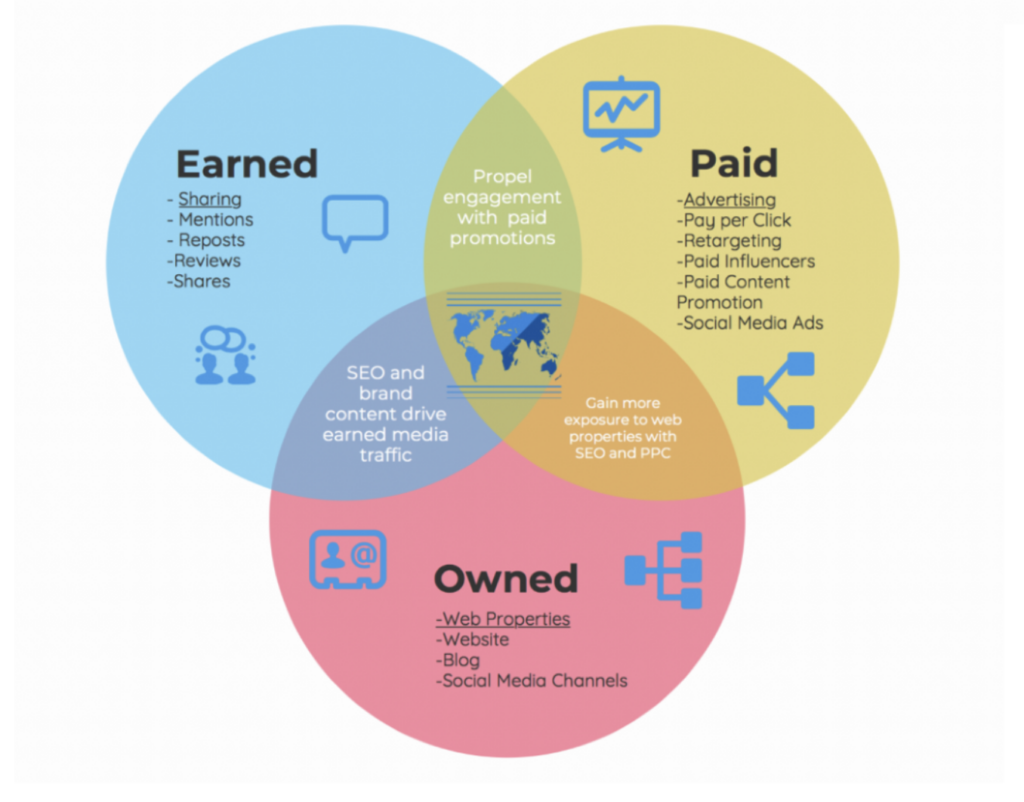
Which channels are the business active on? Look at the owned, earned and paid channels. Scan for all social media platforms and pay attention to whether they are active on it. Is it regularly in use or just a registered account?
2. Type of Content

Look at the content format that is being used, whether they are videos, text, documents, slides etc., be as detailed as you can and take note of the length of content as well, for example, whether short or long captions are used. The nature of content might also differ across channels, for example, I tend to throw in a bit more personal stories and behind the scenes on Instagram as compared to my other channels.
3. Posting Frequency
Take note of how often the posts are being published for EACH social media channel, whether it’s the number of tweets, the number of posts on Instagram feed, stories, look at all the channels individually. Do give it some time as well, at least a week for you to be able to accurately observe the frequency of postings across the channels.
4. Following
Note the numbers of the top-line metrics, the number of followers of the account, the number of subscribers etc. If you are able to access analytics, look at the growth rate over time, whether it has been steady, or has there been any significant gains recently? Try to spot these trends and also look at the size of each channel’s following.
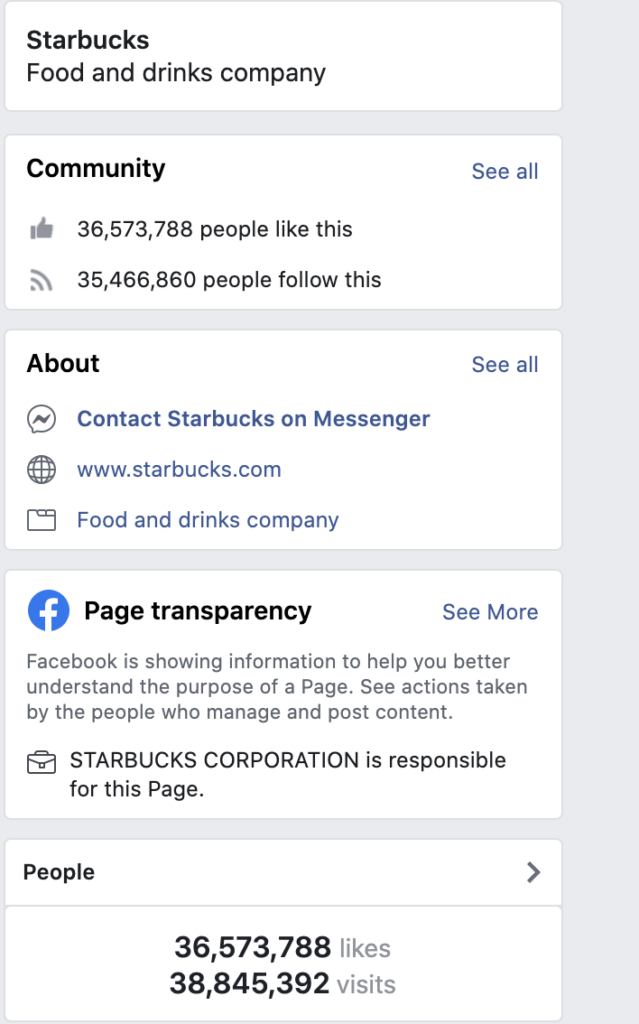
5. Metrics /Analytics
The ones to look for are reach and engagement, looking at how many views the piece of content had, and engagement, any of the likes, shares, comments, mentions and saves. Again, with access to analytics, you’ll be able to easily look at other key metrics like audience to know who you are reaching with your posts.

If you don’t have analytics, you can go through the comments and followers to observe what they are asking for under the posts, how they are commenting, and these will give you insights into who the audience and what their interests are.
6. Competition
You can apply the same process and observe the key metrics as mentioned from 1-5, and look at how the business’s competitors are doing, whether there are good practices that can be adopted and any learnings and things to avoid.
7. Call to Actions Used (CTAs)
What CTAs are included in the social media posts? Is it to read a blog, to book a trial, make a purchase, or like in this blog’s case, to download a pdf guide. Speaking of which, don’t forget to check out my downloadable pdf guide at the end of the post! Looking at CTAs will help you understand what the business is using social media channels for and what are they trying to promote through the content.
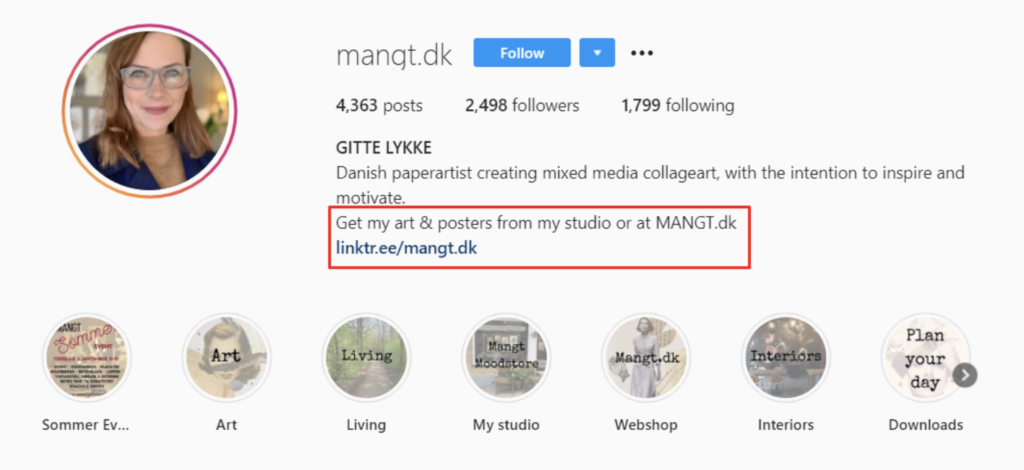
An additional note if you are doing this as part of a more comprehensive marketing audit and strategy- you would want to pay close attention to the traffic driven from social media, look at the success rates of CTAs by following through to the website and looking into the conversion rates. This will give you an overview of how well your social media is working within your marketing goals.
8. Account Setup

Pay attention to everything on the account setup like cover images, profile, bios and the length of them. How does it look overall, is it easy to understand and consistent across the channels? What are the links included? Is it a website or Linktree link? (Like in my case) Is the contact information up to date? Notice if there are any ways to optimize the account to support the business goals. For example, using the Instagram page to drive more sales, which I share more in depth here.
9. Social Listening/Sentiments

The best way to do this is to look at the posts and the comments section. Find out how people are reacting to it. Whether they are finding it relatable or are they asking any further questions and actively engaging with the topic? What are the general sentiments that you are getting from it? Does it give a positive feel or does it feel a bit negative?

Example and walk-through
If you are still struggling to piece it all together or prefer a demonstration, here I will walk you through the step-by-step process of conducting a social media audit of my YouTube and LinkedIn channel from an objective outsider perspective.
How to structure the report
Once you’ve gathered all your observations, it’s time to put them together. I’ll be sharing with you how I structure my findings in a social media audit report. Feel free to tweak it as it suits you and it will serve as a guide to help you get started.
1. Identify overall objectives for social media and the objectives for each channel
2. Analyze each individual channel looking at the 9 areas mentioned above
3. State the best practices for each channel
4. Suggestions and improvement for each channel
Final Thoughts
Conducting a social media audit is one of the most crucial steps to developing a well-informed social media strategy as it allows you to assess what’s currently in place and what needs to be improved. In this post, I’ve shared with you a framework and things to look out for, which you can now easily get started with your social media audit, be it for a client or for a job interview!
If you would like a handy guide at hand, you can get a copy of my marketing templates and guides here.

